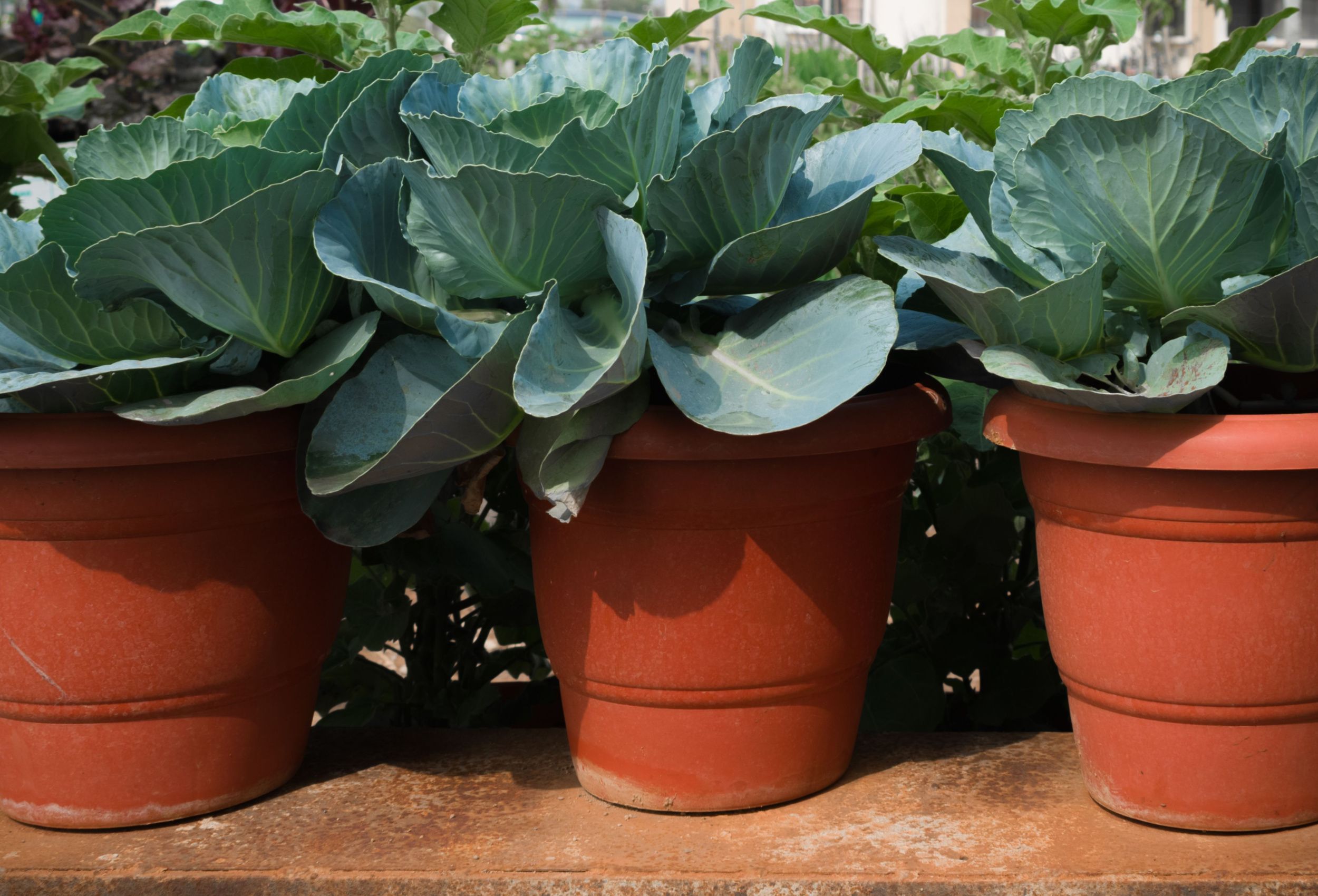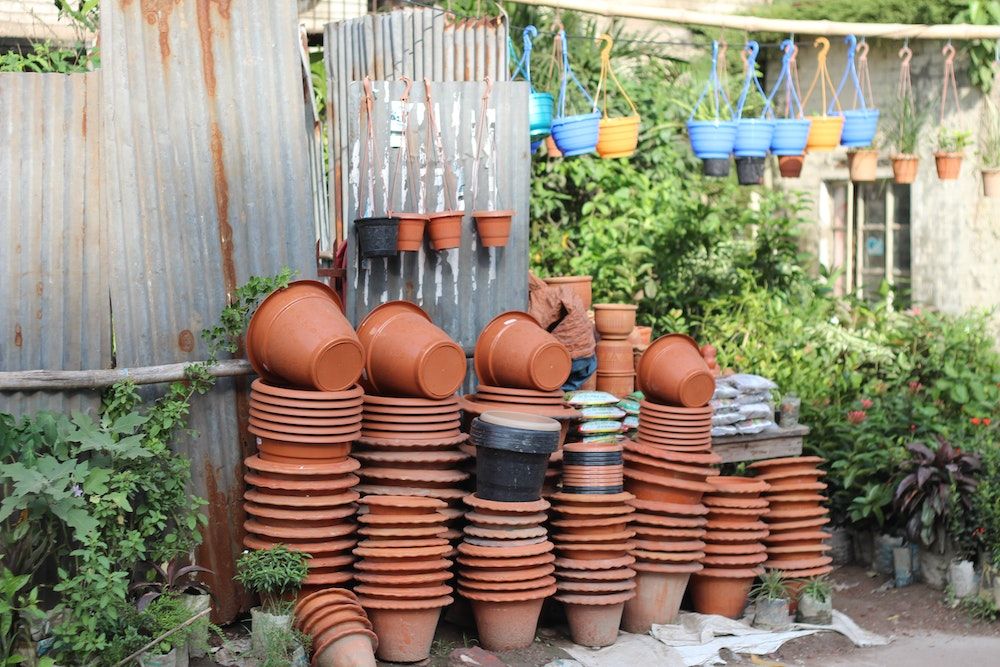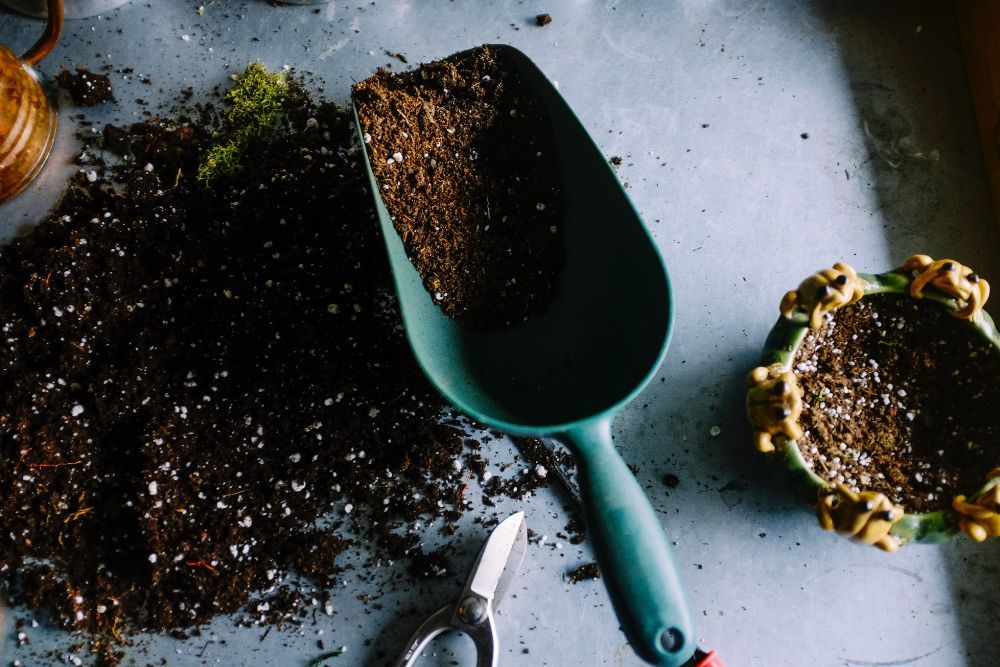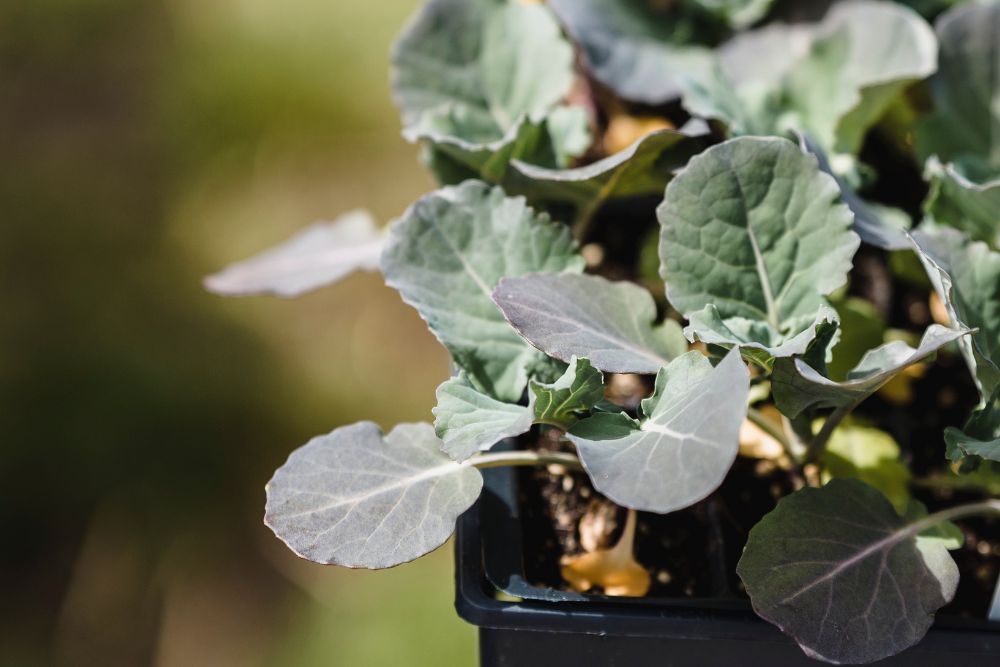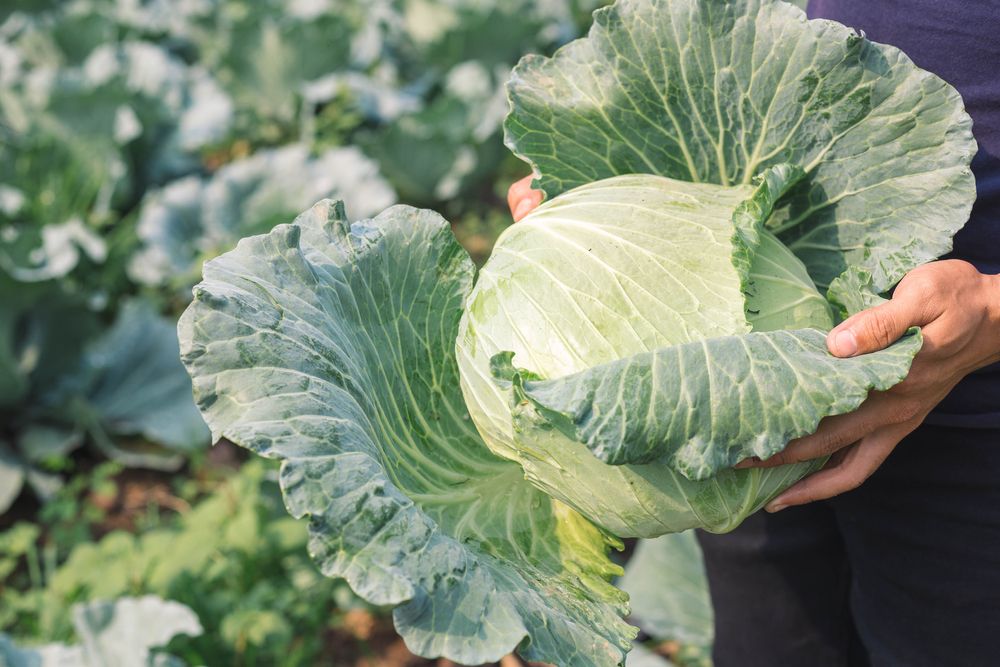Growing cabbage is a fun and rewarding experience because it provides fresh and healthy greens for your meals, saves money, and offers the satisfaction of watching your plants flourish. However, if you have limited space, you may want to know if you can grow cabbage in pots. The answer is yes!
Growing cabbage in containers is a convenient and practical solution for those who want to add this versatile vegetable to their home garden. Grab your gardening gloves, and learn how to grow cabbage in pots!
Materials Needed
Image credits: By serggn via Canva
Having these materials on hand will help you create the best conditions for cultivating cabbage in containers and ensure a successful harvest:
- Pots
- High-quality potting soil
- Cabbage seeds or seedlings
- Mulch
- Fertilizer
- Watering can
- Pruning shears
Step-by-Step Guide to Growing Cabbage in Containers
Now that you've gathered your materials, it's time to get planting!
Choose the Right Variety
Image credits: Dan Cristian Pădureț via Unsplash
Various cabbages have different growth habits, so choose one that will thrive in the limited space of a pot. The best cultivars for growing in pots include 'Gonzales,' 'Dwarf Modern,' 'Little Leaguer,' or 'Red Ace.' These types are compact and do not require a lot of room to grow, making them ideal for container gardens. Additionally, they are known for their fast growth, high yield, and delicious taste.
Pick the Proper Container
Image credits: Mahmudul Hasan Rifat via Pexels
The size and type of container you use can impact the health and growth of your plants. The best containers for growing cabbage are at least 5 gallons, which provides enough space for the roots to grow and expand. Select a container big enough for the cabbage you have chosen, as some varieties have a larger growth habit than others.
Choose containers with drainage holes to prevent water from sitting in the bottom and causing root rot. Consider containers made from materials that provide insulation, such as terracotta or plastic, and be sure they are non-toxic.
Prepare the Soil
Image credits: Neslihan Gunaydin via Unsplash
The right soil mix provides the necessary nutrients and moisture for healthy growth and production of your plants, so use high-quality potting soil rich in organic matter and well-draining with a pH ranging from 5.8 to 6.5. When preparing the soil, fill the pot within 2 to 3 inches of the top, leaving enough space for watering and avoiding overflow.
Plant Your Cabbage
Image credits: Greta Hoffman via Pexels
Plant two to three seeds per pot, from 1/2 to 1/4 inch deep, and space them from 9 to 16 inches apart per plant. Cover the seeds with soil and water gently. After planting, place the pots in a bright and sunny location with at least six hours of sun, and keep the soil moist but not waterlogged. In about two weeks, the seeds will germinate and start to grow.
Care for Your Cabbage
Image credits: tzahiv via Canva
To ensure that your cabbage plants succeed, provide them with the right conditions. Water the plants deeply, providing 2 inches per square foot each week. Also, avoid watering the leaves and ensure the soil is moist but not waterlogged, as too much moisture can lead to root rot. Give your plants a heavy watering in the latter stages of the growing season to prevent head splitting.
In terms of sunlight, cabbages require at least six hours of direct sunlight each day, whether you grow it inside or outside. If growing cabbage pots outside, keep an eye on the outdoor thermometer before moving them.
The ideal soil temperature for optimal growth of cabbage is between 60 to 65 degrees Fahrenheit. If you want to protect your plants from developing loose heads or bolting due to prolonged exposure to low temperatures, provide a covering in the event of anticipated cold weather. The threshold for this is when the temperature dips below 45 degrees Fahrenheit.
Mulching the soil around the plants can also help to retain moisture and regulate soil temperature.
Two weeks after transplanting, fertilize the plants using a balanced (10-10-10) fertilizer, and three weeks later, add a nitrogen-rich fertilizer, as cabbages need nitrogen during the early stages of growth.
Lastly, it is essential to regularly monitor the plants for any signs of pests or diseases and take action promptly to address any issues that may arise.
Harvest and Store
Image credits: Parkin Srihawong via Shutterstock
Harvesting and storing cabbage can extend its shelf life and maintain its quality. When the cabbage heads reach their full size, reaching from 1 to 3 pounds, it's time for the harvest. To do this, gently twist the head to break it away from the plant, leaving a portion of the stem intact.
After harvesting, store the heads in a cool, dry place, such as a root cellar or refrigerator. To maximize the storage life, surround it in plastic wrap or place it in a plastic bag, removing any excess air. Storing in this manner allows the cabbage to last from several weeks to a few months, depending on the variety.
Grow A Head!
Growing cabbage provides a fresh and healthy harvest throughout the growing season, and with proper care, you can ensure that your cabbage plants will thrive. Harvesting the heads at the right time and storing them can extend their shelf life and guarantee that you have a supply of this tasty vegetable for months. Whether you are seasoned or new to growing vegetables in pots, growing cabbage is a great choice for a nutritious and delicious addition to your diet.
Have you ever grown cabbage in containers? Comment below, and as always, please share!

